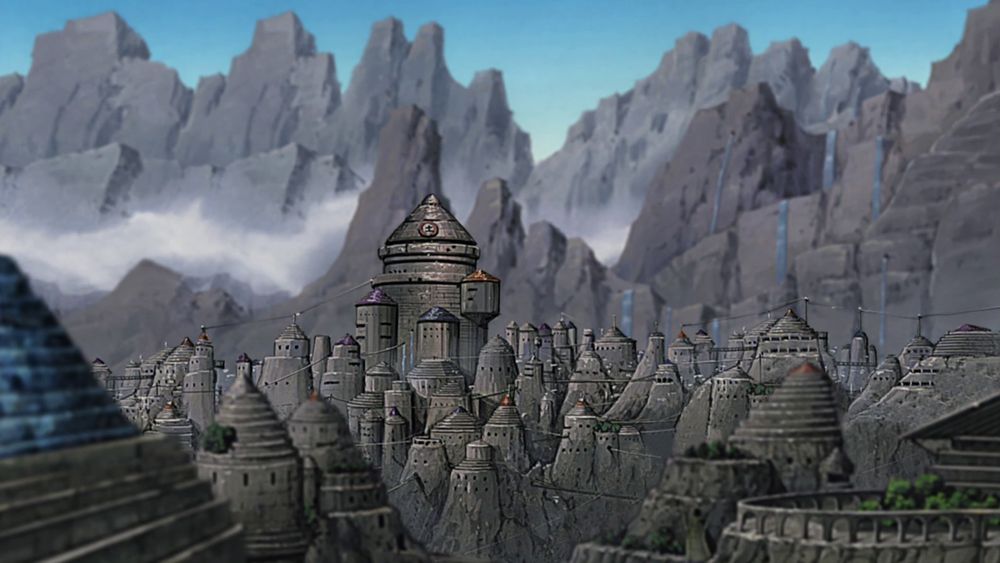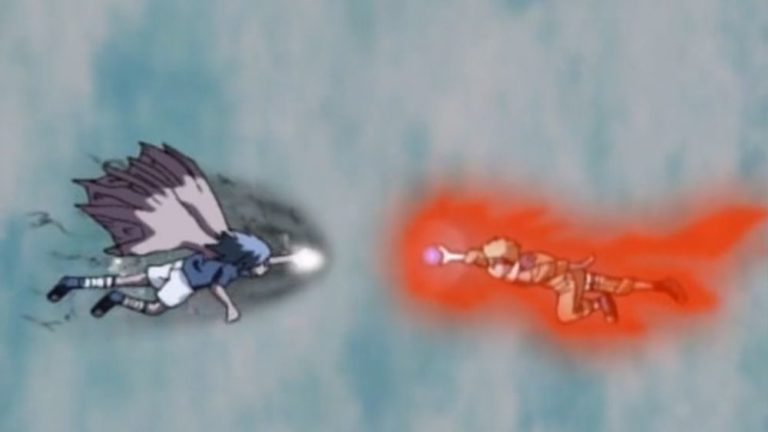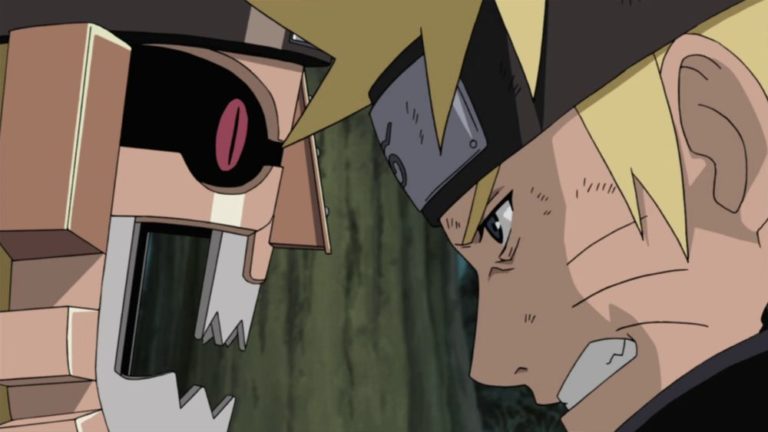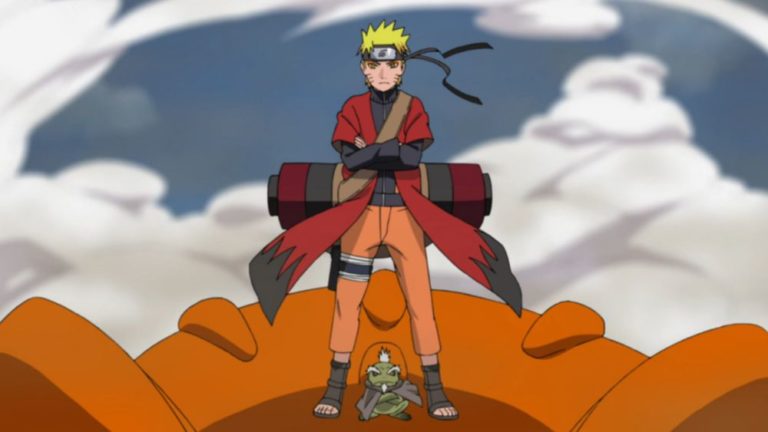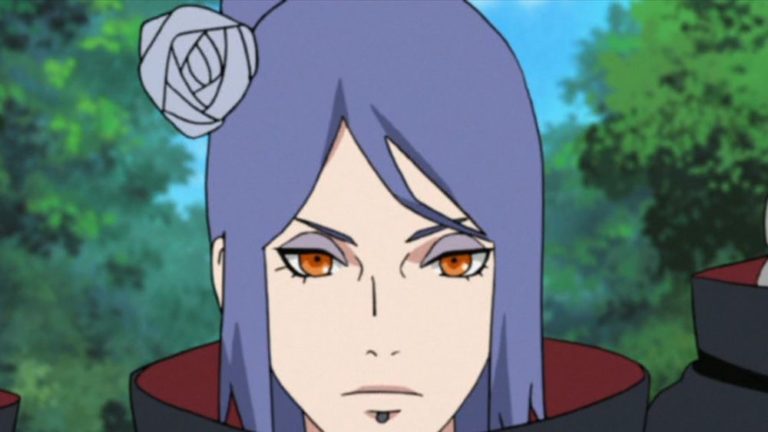Unveiling All The Hidden Villages In Naruto: Complete Guide
Unveiling All The Hidden Villages In Naruto: Complete Guide
Anime aficionados and fresh faces to the world of ninja, come huddle up! We’re about to embark on an epic journey across all the hidden villages in the Naruto universe. Just imagine if your hometown had mystical ninjas leaping across rooftops and conjuring jutsu – oh, the excitement! This is what the hidden villages are all about: clandestine communities where ninjutsu blossoms, and shurikens are as common as smartphones.
Key Points:
- The hidden villages in Naruto are clandestine communities where ninjutsu thrives and shurikens are common.
- The villages are strategically tucked away for secrecy and protection, preserving power balance in the shinobi world.
- The villages serve as centers of learning and are pivotal political entities within the complex power dynamics of the Naruto world.
- There are the Five Great Shinobi Villages and several lesser-known hidden villages, each with unique cultural and geographical influences.
- Each village is renowned for its exceptional traits, signature jutsu, and Kekkei Genkai, impacting Naruto’s storyline through alliances, conflicts, and key events.
- Real-world visits to the fictional hidden villages are not possible, but there are Naruto-themed attractions in Japan.
For the Naruto newbie, prepare for a whirlwind of discovery as we unveil the intricacies of each village’s culture, geography, and the fierce shinobi that call it home. To the Naruto veterans – you’ll nod in knowing agreement as we dive deep into the aspects that might have slipped past you during that binge-watch marathon. Ready your kunai and summoning scrolls, folks; it’s time to become a true Naruto Hidden Villages enthusiast!
From the iconic Konohagakure to the enigmatic Kumogakure, we’ll dissect what makes each village tick. But that’s not all – we’ll peek behind the waterfall of Takigakure, feel the rain-soaked alleys of Amegakure, and even listen for the echoes of Otogakure. So, grab a bowl of ramen, get comfy, and let’s get this shinobi party started!
The Concept of Hidden Villages in the Naruto Universe
In the heart-pounding, adrenaline-filled world of Naruto, hidden villages stand as bastions of ninja prowess, each with a unique flare that shapes the series’ narrative fabric. They aren’t just backdrops; they’re vital characters in their own right, influencing the flow of the gripping story we can’t get enough of. And believe me, the concept of these hidden villages in the Naruto Universe is as intricate as it is fascinating. So, let’s start unraveling this konoha-size mystery!
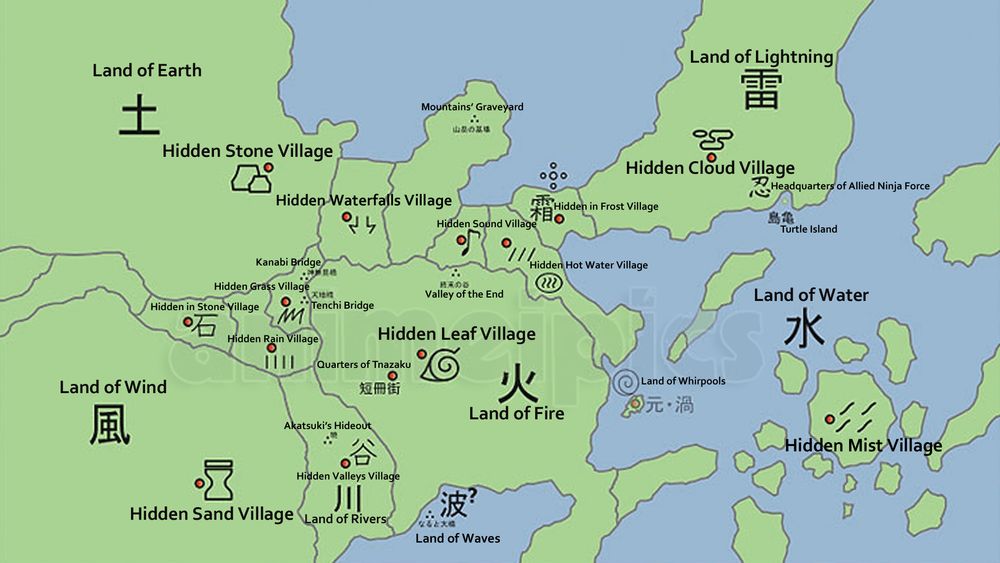
Understanding the Hidden Aspect
When we talk about the “hidden” aspect of these villages, it’s not just about being invisible to the average eye – though they are pretty awesome at stealth. It encompasses the art of secrecy and protection, crafted through years of shinobi evolution. Concealed by nature or protected by powerful jutsu, they give a whole new meaning to “off the grid.”
These ninja hamlets are strategically tucked away from the outside world to safeguard their inhabitants and precious secrets. Kumogakure, for example, is shrouded in thick clouds – talk about a high-security mist! It’s this element of secrecy that preserves the power balance in the shinobi world, and it makes discovering all the hidden villages in Naruto akin to unlocking a treasure trove of cultural and martial wonders.
Discovering the hidden villages in Naruto is akin to unlocking a treasure trove of cultural and martial wonders, as these ninja hamlets are strategically tucked away from the outside world to safeguard their inhabitants and precious secrets.
The Role of Hidden Villages in Shinobi Society
Each hidden village is like a ninja utopia, brimming with shinobi who live by their wits, strength, and unbreakable will. They serve dual roles: they are centers of learning where youngsters grow into fearsome warriors with shurikens in their pockets, and they are pivotal political entities, deeply intertwined within the complex power dynamics of the Naruto world.
At their core, these villages are protective enclaves fostering a sense of community and identity. The leadership, typically a powerful Kage, doesn’t just rock a fancy hat; they symbolize the village’s might and guide its strategic decisions. Without these fortresses of ninjutsu, the framework of alliances and rivalries that keep us glued to the screen wouldn’t exist. They’re truly the epicenters of all things shinobi!
The Five Great Shinobi Villages
Dive into the heart of the shinobi world with the Five Great Shinobi Villages – each robust, revered, and packed with stories that make you go, “No way, that plot twist is insaaane!” Trust me, knowing about these powerhouses is like having the ultimate cheat sheet to understanding Naruto’s grand design.

Konohagakure – The Village Hidden in the Leaves
Oh, Konohagakure! The name alone sends shivers of nostalgia down the spine of every Naruto fan. Leaf ninjas rule the roost here, and it stands proud as the series’ primary setting – the heartland of our beloved protagonist. Konoha is teeming with energy, from the iconic Hokage Monument that peeks over the village to the bustling streets where future legends like Naruto Uzumaki cut their teeth.
Here, camaraderie and determination are as common as the leaves on the trees. Under the Hokage’s watchful eye, the village has weathered its fair share of battles, growing stronger with each challenge. It’s not just a ninja village; it’s a symbol of resilience and hope, a beacon for the outcasts and dreamers, and the starting point for journeys that span a lifetime.
Konohagakure, the heartland of the series’ protagonist, embodies camaraderie, determination, resilience, and hope, serving as a symbol for outcasts and dreamers.
Sunagakure – The Village Hidden in the Sand
Sunagakure, or Suna for short, rises from the harsh desert like a mirage – but make no mistake, it’s very real and astonishingly resilient. Life here is shaped by scorching sands and swirling winds, forging ninjas tougher than the desert stone. The Kazekage rules over Suna, leading warriors who’ve mastered the art of desert combat, turning the arid landscape into both shield and weapon.
Residents of Sunagakure exhibit a kind of grit that can only be honed by the relentless desert. Still, beneath their tough exteriors lies a deep love for their village and comrades. When it comes to defending their home, Sunagakure’s ninjas spring into action, proving time and again that their village is a force to be reckoned with.
Kumogakure – The Village Hidden in the Clouds
High above the plains, Kumogakure – Kumo, to those in the know – nestles among the peaks, its view rivaling the grandeur of the open sky. With clouds as their closest neighbors, Kumo’s ninjas are as bold as thunder and as quick as lightning. The Raikage’s command echoes off the towering cliffs, leading a host of formidable shinobi who could easily give a dragon a run for its money.
The location grants Kumogakure a majestic isolation that breeds strength and loyalty. The villagers thrive in this aerial fortress, their jutsu infused with the very essence of thunderstorms. Whether a friend or foe, approach Kumo with respect, for the hidden eddy village in the clouds stands as a testament to what shinobi can achieve when the sky is their limit.
Iwagakure – The Village Hidden in the Stones
Engraved into the rocky terrain lies Iwagakure, eternally steadfast and as enduring as the earth itself. Iwa’s people are as tough as the terrain, their will unbreakable, not unlike the stone their village owes its name to. The Tsuchikage oversees this realm of rock, from the sturdy structures to the stone-faced warriors whose very presence seems to echo the rumble of the earth.
The pride of Iwagakure isn’t just in its indomitable defense but also in the sheer determination and bravery of its inhabitants. One cannot help but admire how their earthy nature grounds them, yet they dream big and bold, forging alliances and crumbling obstacles with the force of a landslide.
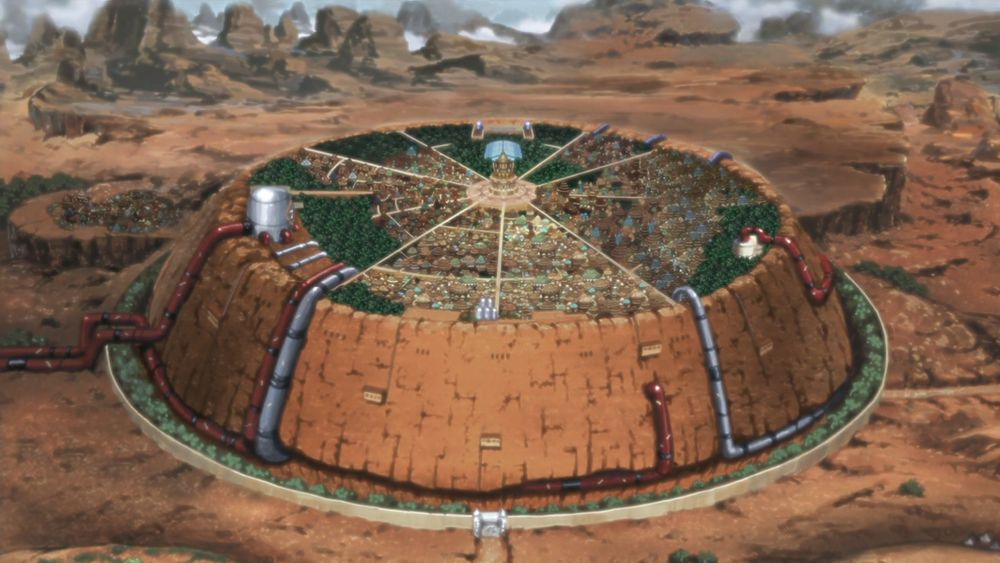
Kirigakure – The Village Hidden in the Mist
Mysteries abound in the realm of Kirigakure, where the mist veils everything in a quiet, eerie beauty. Known colloquially as Kiri, this village produces shinobi who glide silently across the water’s surface as if by magic. Under the rule of the Mizukage, Kiri ninjas wield the fearsome water techniques, their moves fluid and lethal as the sea that hauntingly whispers the village’s legacy.
But Kirigakure is more than just a home of deadly assassins. It is a place where the thick mists often serve to reflect – both metaphorically and literally – on one’s path, the concealed truths, and the depth of shinobi resolve. Kirigakure’s story is drenched in both awe-inspiring strength and the shadows of its bloodied past.
The village of Kirigakure, known as Kiri, is a place where the mist veils everything in a quiet, eerie beauty and serves to reflect on one’s path and the concealed truths.
The Lesser-Known Hidden Villages
Beyond the grandeur of the Five Great Shinobi Villages, lies a world of often overlooked, yet incredibly fascinating, communities. Entering the realm of the lesser-known hidden villages is like turning the page to a chapter of Naruto you never knew existed – and it’s packed with surprises!
Takigakure – The Waterfall Village
Hidden amongst the sounds of cascading waterfalls lies the tranquil Takigakure, known affectionately as Taki. While it may not boast the size or fame of the Great Five, Taki’s beauty and serenity speak volumes. Its shinobi move with the grace of flowing water, their jutsu carving the very rocks around them, making them artists in their own right.
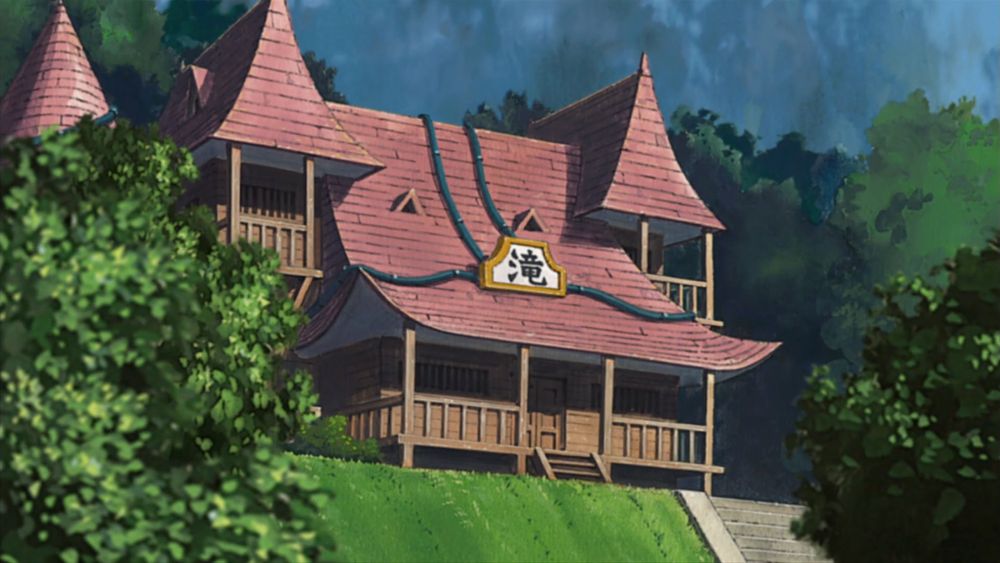
The village’s relationship with water isn’t just about aesthetics – it’s the lifeblood of their way of ninja life and their tactics in combat. Those who hail from Takigakure wear their heritage with pride, their bond with the village as enduring as the timeless waters that encircle them.
Amegakure – The Rain Village
In the rain-drenched streets of Amegakure, every drop whispers the tales of covert operations and enigmatic leaders. This is no ordinary drizzle; it’s the ever-present beat of a village whose shinobi excel in utilizing the rainfall to their advantage. The hidden eddy village known as Ame is a citadel of the cunning, where every downpour could be a smokescreen for shinobi on the move.
Here, power struggles and intrigue are as common as the rain that tirelessly pours – a testament to the village’s tempestuous history. But it also speaks to the resilience of Amegakure’s inhabitants, who, like the rain that erodes stone over time, have the patience and persistence to weather any storm.
Amegakure is a village where the rain and the resilience of its inhabitants reflect the tempestuous history and the ability to weather any storm.
Otogakure – The Sound Village
The melody of deception rings through Otogakure, where music meets malevolence in a symphony of stealth. It’s a village that dances to its own twisted tune, with its shinobi well-versed in the art of sonic manipulation. Hidden in the deceptive tranquility of dense forests, Otogakure’s echo carries far and wide – a constant reminder that in the ninja world, not everything is as it seems.
The village’s inception might be shrouded in darker intents, serving as a reminder of the craftiness that can fester in the shadows of great ambition. Oto’s legacy continues to intrigue and raise the hair on the nape of shinobi necks, much like the unsettling yet captivating notes of a ghostly flute.
Now, isn’t this shinobi village tour just blowing your mind? The world of all the hidden villages in Naruto is so vast and vibrant – and we’ve only scraped the surface. Stick around for the deep dives, major plot teasers, and oh-so-juicy character reveals. Catch you after the next anime marathon; I’ll be the one with the ninja headband and the theory charts! Believe it!
Uzushiogakure – The Whirlpool Village
Uzushiogakure, oh the nostalgic feels that name brings! Affectionately known as the Village Hidden in the Whirlpools, this enigmatic location holds a dear spot in the heart of long-time Naruto aficionados. Home to the Uzumaki clan – yes, our beloved Naruto’s bloodline – this village was famed for its powerful sealing techniques. But for real, its prowess was so feared that it eventually led to its downfall, with other villages banding together to obliterate it. Tragic, huh?
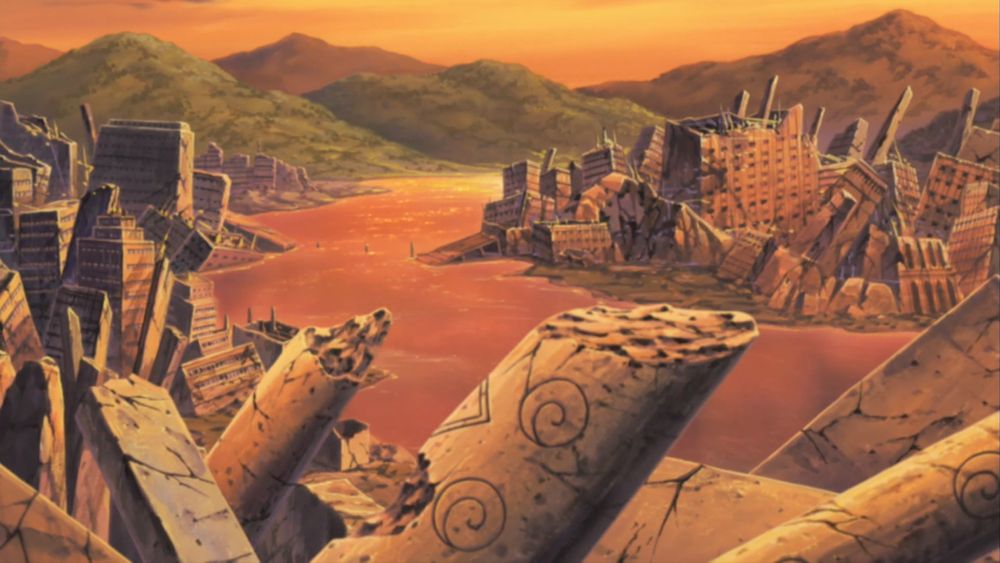
The legacy of Uzushiogakure lives on through its remaining members and their influence on the series. The village’s symbol, reminiscent of a whirlpool, proudly adorns Naruto’s headband, a constant homage to his roots. And omg, don’t even get me started on the resilience of these folks! Despite its destruction, the Uzumaki legacy of seals and longevity has become staple elements throughout the realm of ninja villages.
Diving deeper into the lore, we catch glimpses of Uzushiogakure’s impact, like Kushina Uzumaki’s vital role in the storyline. But also, let’s not forget that the Uzumaki connections extend to Konohagakure, creating strong ties and an indestructible bond between the two. The Whirlpool Village, although lost, serves as a cornerstone of heritage and power in Naruto’s world.
Kusagakure – The Grass Village
Kusagakure – aka The Village Hidden in the Grass – now there’s a place that doesn’t hog the limelight but certainly deserves our attention. Situated in a region covered with lush vegetation, the whole vibe of stealth and intrigue is just spot-on with this place. It’s more lowkey in the Naruto sage, but hey, that adds an air of mystery, right?
Now, Kusagakure doesn’t flaunt the fame of the big five ninja villages, but it still plays its part, especially during the epic Chunin Exams. Who could forget the moment when a Kusagakure ninja was revealed as none other than Orochimaru, disguised to snoop around the exams? Sneaky, sneaky! That totally unexpected twist sent shivers down my spine!
While not much else is divulged about Kusagakure, we can’t help but speculate. Like, what kind of secretive techniques do their ninja use? Are they all about the camouflage jutsu, or do they have some wicked grass-themed moves up their sleeves? The Grass Village definitely tickles our curiosity, leaving us yearning for more details!
Unique Characteristics of Each Village
Each ninja village in the Naruto universe is renowned for its exceptional traits and vivid characterization. It’s this diversity that spices up the series and keeps us glued to the screen or manga pages, forging an immersive world filled with rich shinobi lore.
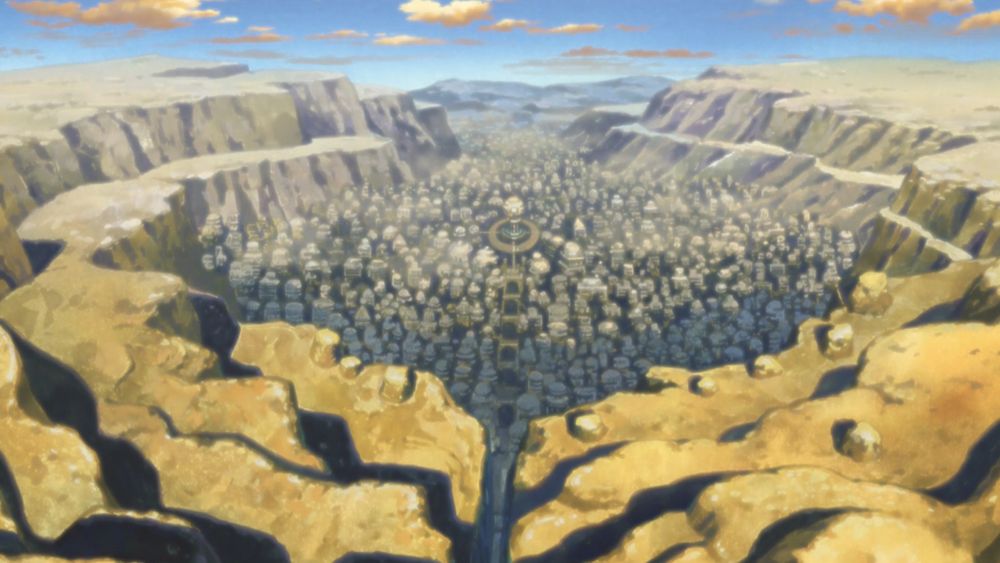
Cultural and Geographical Influences
When talking about cultural and geographical influences on the ninja villages, I’m literally floored by the depth and intricacies laid out in Naruto. Konohagakure, for example, seems heavily inspired by Japanese feudal architecture and tradition, with its Hokage Mountain serving as an iconic backdrop. Meanwhile, Sunagakure harnesses the harsh desert climate to craft shinobi that are tough as nails and as gritty as their sandy surroundings, and the Kazekage, like Gaara, play pivotal roles in shaping their village’s identity.
Kumogakure takes their thunderous name quite literally, set high in the mountains where the clouds practically hug the terrain. This locale not only influences their architecture, giving it that fortress-in-the-sky vibe, but also the personalities of their ninja – serious and formidable like a looming storm. And let’s not overlook the Kirigakure etc., their Misty surroundings conjure an air of ominous secrecy, in line with their infamous ‘Bloody Mist’ era. The Ninja villages’ cultural and geographical uniqueness isn’t just for show; it directly impacts the shinobi way of life and serves as a chilling reminder of their adaptability to survive and thrive.
The cultural and geographical influences on the ninja villages directly impact the shinobi way of life and serve as a chilling reminder of their adaptability to survive and thrive.
Signature Jutsu and Kekkei Genkai
Each village not only stands out through its environment but also through its unique jutsu and Kekkei Genkai. Konohagakure, for instance, practically bursts with an array of jutsu, from the Uchiha clan’s Sharingan to the Hyuga’s Byakugan. Jutsu like Naruto’s Rasengan become synonymous with Konoha’s resilience and creative spirit.
Kirigakure, on the flip side, became infamous with jutsu like the terrifying Silent Killing and Hidden Mist, emphasizing their stealth and deadly precision. Their Kekkei Genkai, like the Kagura’s Ice Release, adds a whole other level of cool (pun totally intended) to their identity. These unique skills deepen the connection between fans and the fictional realm, giving each clan and village a distinctive flair that we just can’t get enough of.
The Impact of Hidden Villages on Naruto’s Storyline
Alliances and Conflicts Among Villages
The alliances and conflicts among the ninja villages drive so many juicy aspects of Naruto’s plot. I mean, the Fourth Great Ninja War is the ultimate testament to how these villages can stir the pot! The synergy between Konohagakure and Sunagakure during the Chunin Exams, especially when Gaara turns from foe to friend, that alone is storytellin’ gold.
This web of relationships isn’t just about who’s allying with or fighting whom though. It’s about the undercurrents of the ninja world, about trust and betrayal, about bonds formed and severed. Each village’s journey through peace and turbulence contributes to those oh-so-gripping arcs we live for!
Key Events and Turning Points Originating from Villages
Exploring key events and turning points, it’s wild how crucial the hidden villages are to the central narrative! Like, remember when the destruction of Konohagakure by Pain rattled not just the characters, but also us fans to the core? Total game-changer. Or when kirigakure hosted the fateful Chuunin Exams, which snowballed into the Konoha Crush, altering the fates of our favorite shinobi.
These are more than just plot points, folks. They’re moments that define characters, that shape the very lore of the ninja world, that echo the complexity of the villages and the denizens within. Honestly, these points are where Naruto transforms from awesome to epic!
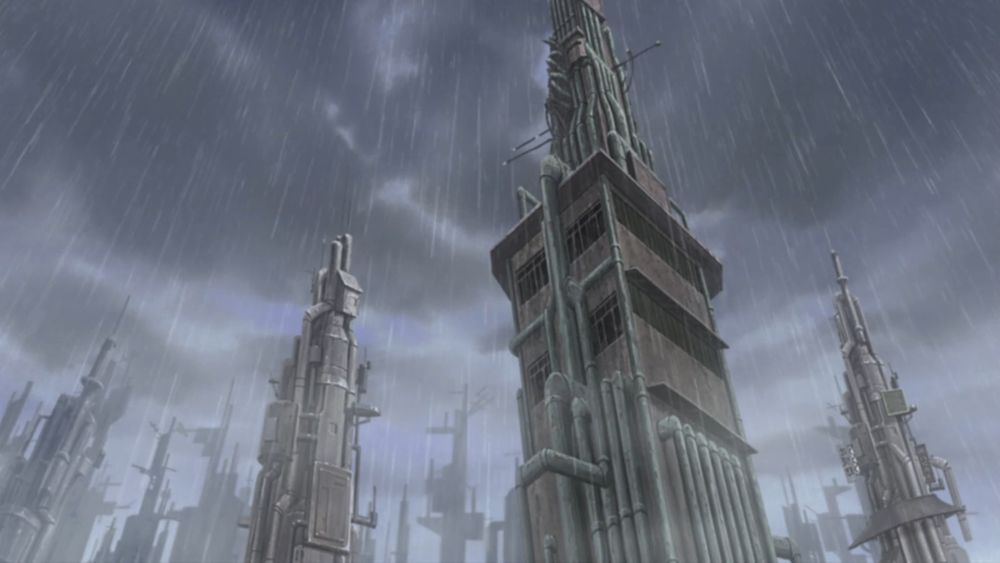
FAQs
1. Why are the villages in Naruto called Hidden?
The villages in Naruto bear the epithet “Hidden” because they’re typically secluded from the ordinary world, often concealed by natural phenomena like forests or mist to safeguard their residents and secrets.
2. How many hidden villages are there in the Naruto series?
The number of hidden villages in the Naruto series is extensive, with five major ones and several minor, each with its distinctive culture and shinobi techniques.
3. Which hidden village is considered the strongest in Naruto?
While strength is subjective, many fans argue that Konohagakure, the Village Hidden in the Leaves, is the stronghold among all the hidden villages in Naruto, owing much to its significant shinobi and historic victories.
4. Can you visit the hidden villages in the real world?
Real-world visits to the fictional hidden villages are not possible; however, numerous Naruto-themed attractions in Japan offer fans a taste of the shinobi experience.
Conclusion
In wrapping up our exploration of all the hidden villages in Naruto, we’ve ventured through the heart of shinobi culture and stood in the shadows of their greatest triumphs and tragedies. Every village, with its unique jutsu and meticulous world-building, has firmly etched itself into the annals of anime history. For seasoned fans and newcomers alike, the journey through these clandestine locales is nothing short of a roller coaster ride, careening through a world laced with ideologies, camaraderie, and seemingly insurmountable challenges.
As the legacy of Naruto continues to unfold even today, the significance of all the hidden villages in Naruto within the broader tapestry of the narrative remains undeniable, fueling discussions, theories, and the untiring passion of fans across the globe. I hope this guide has helped you navigate the complexity of these epicenters of shinobi prowess and sparked your curiosity to explore even further.
So here’s to our beloved ninja villages – sterling pillars of the immense world that Masashi Kishimoto crafted with such care and creativity. I’m sending you off with a heart full of ninja spirit and a whispered ‘Sayonara’ until our next anime escapade. Until then, keep your kunai sharp and your chakra balanced. Signing off with ninja love – Alex.
This article uses material from the Naruto wiki at Fandom and is licensed under the Creative Commons Attribution-Share Alike License.

